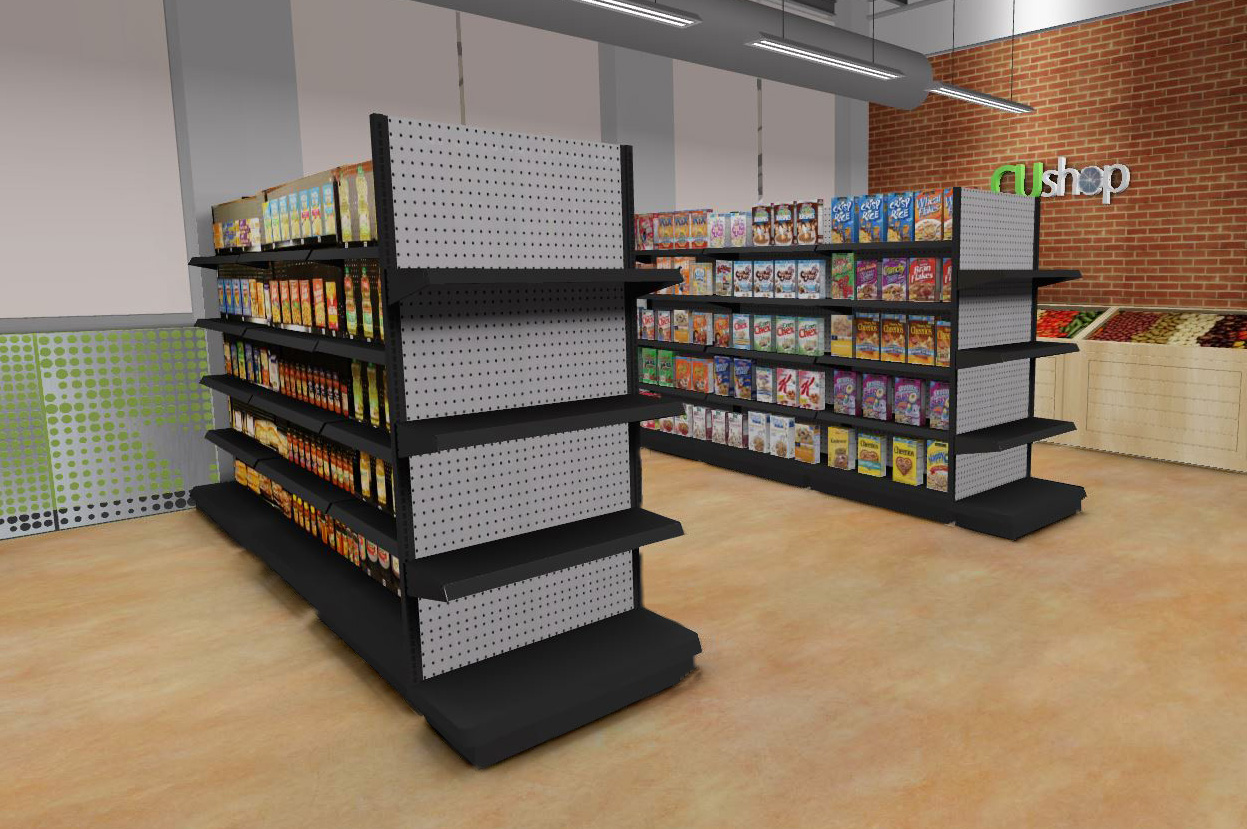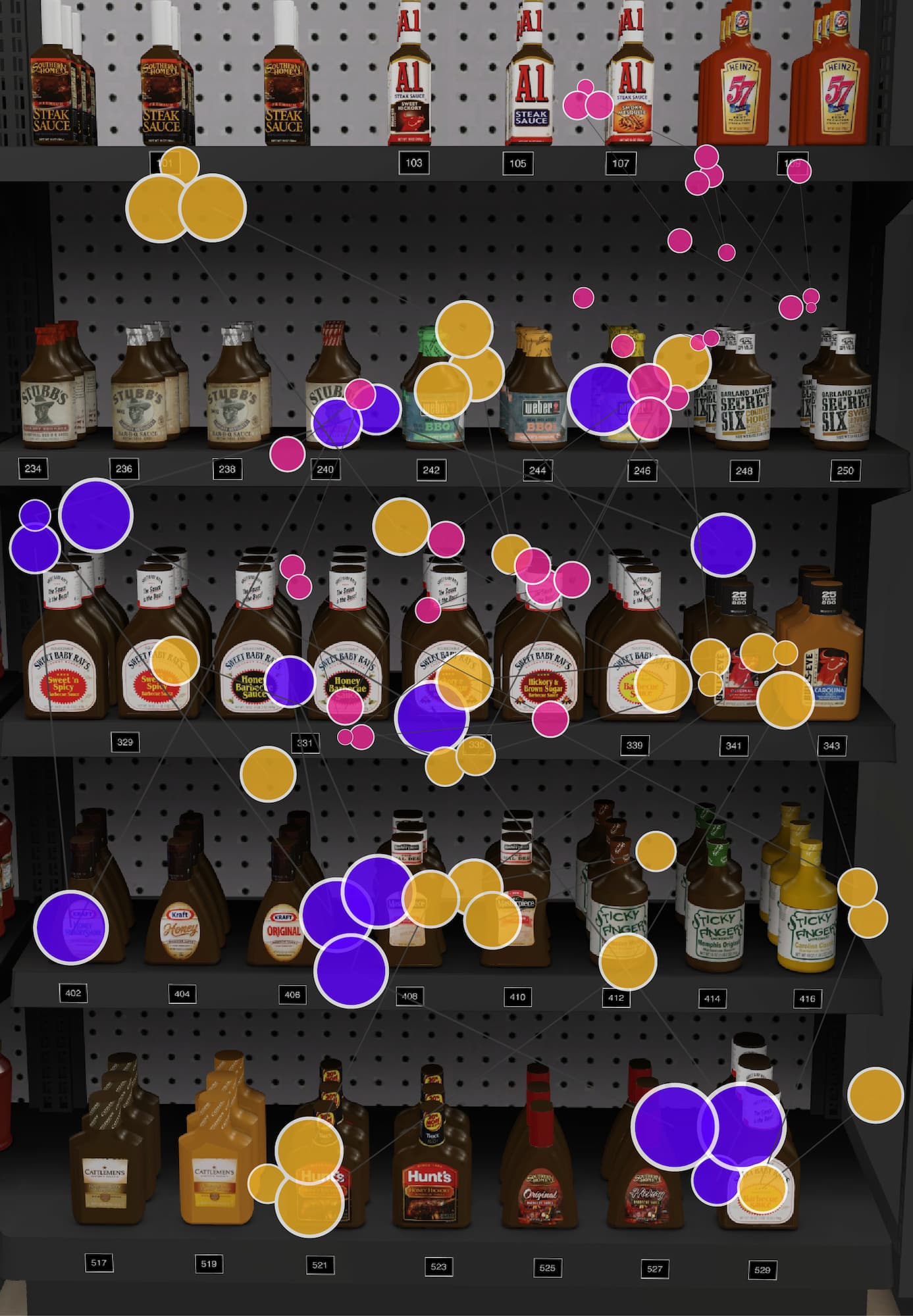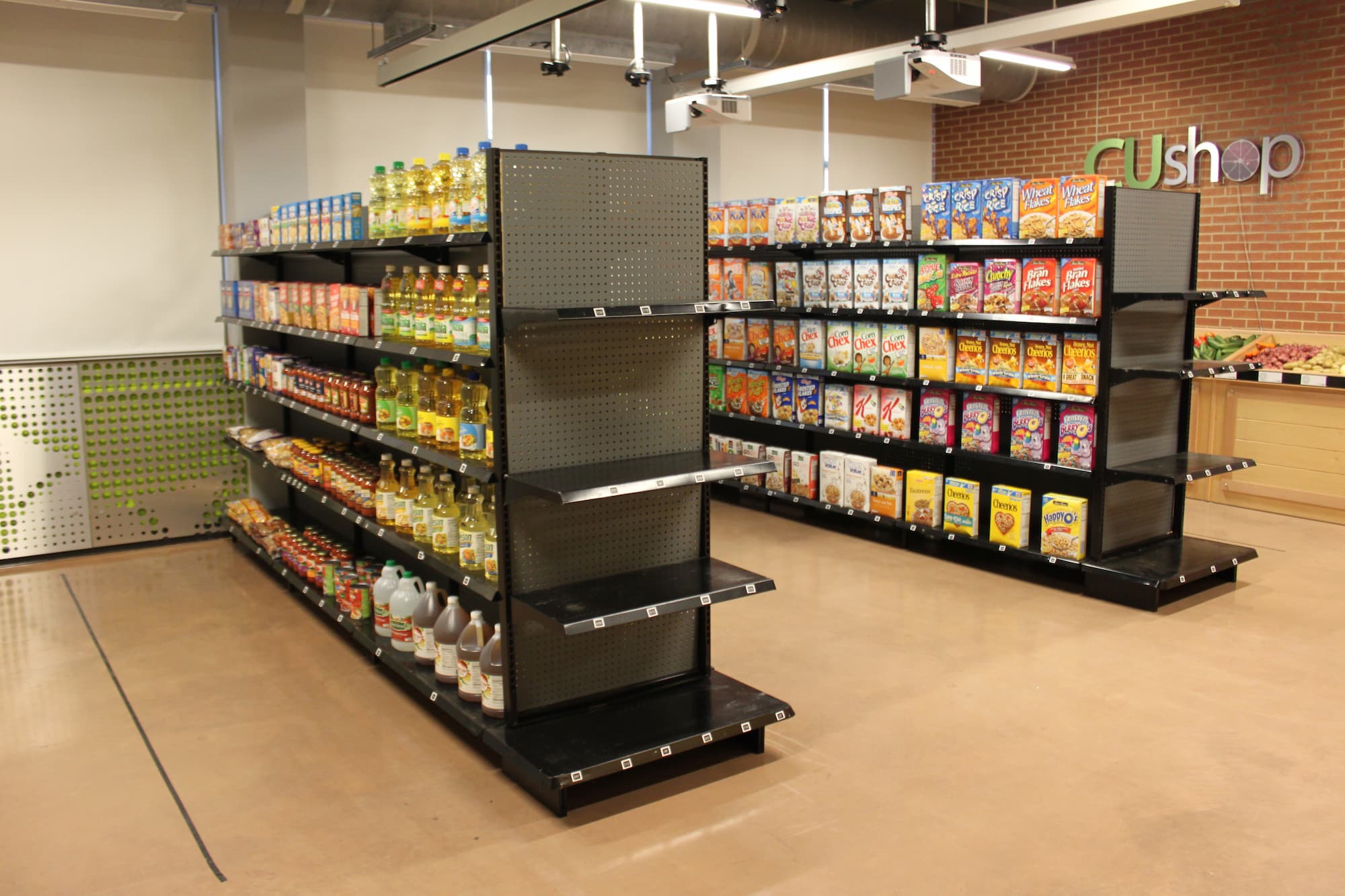Digital + Physical Projects
Measuring Consumer Patterns in VR
Overview
Understanding how consumers observe and make purchase decisions within a retail context is now both accessible and efficient through eye tracking. Although a physical store provides the most realistic context, a virtual store could create a more economical, cost effective, and customizable solutions for measuring consumer visual attention from packaging design aesthetics.
Opportunities
- Companies want to use consumer insights to design better packaging but are limited by the cost of physical prototypes.
- Using a virtual store to have consumers shop in would allow for more prototypical approach to packaging design and consumer insights. Saving money and time to maximize market potential
- Discovering how virtual environments affect consumer shopping habits.
Role
Graduate Thesis | VR | 3D Design | Eye Tracking
Tools
Photoshop
Premiere Pro
3dsMAX
ArtiosCAD
Oculus VR
Eye Tracking + VR
Over the past decade, eye tracking has evolved as a reliable tool in the packaging industry to help determine the overall effectiveness of a product or package in retail. Understanding what people look at with certain forms of packages can be an increasingly useful tool for designers and brand owners alike. But what if we could combine this technology with VR to simulate real-world shopping?

Virtual Store
Physical vs Digital
Measuring consumer purchase behavior
Traditionally, these experiments are conducted in a retail environment to simulate the atmosphere of a real shopping store. So we built a fake corner store and then replicated it using 3D software + Unity to test if consumers can shop naturally in a digital world. The shopping participants were given a grocery list where they would go shop for particular goods, wearing eye tracking glasses in the physical world and a modified VR setup in the virtual world.

Shopper Fixations - Virtual Store
.jpg)
Shoppers Heatmap - Physical Store
Results
Using VR to Measure the real world
The overall experiment proved to be limited by the technology at the time. Integrating eye tracking into the VR headset proved to be difficult and not always accurate. The controls used to navigate the virtual world also detracted from the immersive experience of being in the store. So as technology improves, VR + Eye tracking can prove to be a feasible method for immersing consumers into a digital shopping experience.
Packaging in AR
Overview
While working for Sonoco Packaging, I helped develop a capability that allowed customers to view their packaging projects using VR/AR on their phone. This allowed them to provide better feedback on various project stages, and approvals without creating physical prototypes.
Requirements
- Innovate new ways to view and experience packaging within a 3D space.
- Create a workflow to translate design team 3D assets to AR/VR visualization.
- Partner with development team to ensure customers can view their projects seamlessly on any device.
Role
UI Design | 3D Modeling | AR/VR
Tools
Sketch
3dsMAX
Oculus
Unity
AR + packaging
Visualizing packaging in retail
CPG customers were able to expedite the concept to design phase of their projects by viewing high definition renderings of their packages. This resulted in an overall gain in project efficiency and success due to streamlining the feedback loop to get insights faster.



.jpg)
